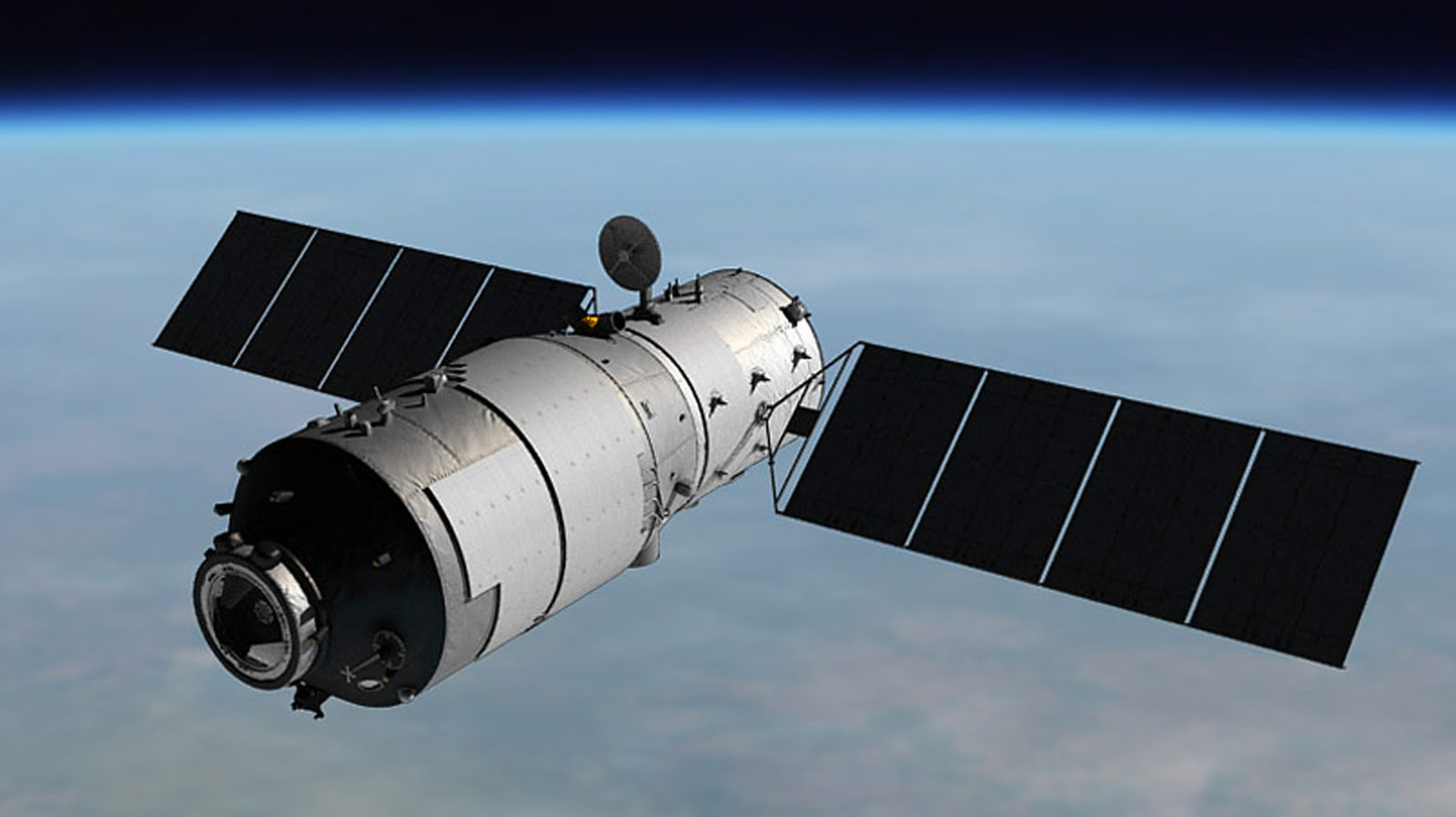
Scientists have revealed new information about an out-of-control Chinese space station that has been falling back to Earth for several months. A team from the European Space Agency (ESA) has narrowed the window for its impact but still don’t know where the 19,000-pound projectile will land.
China’s government reportedly lost control of their space lab, Tiangong-1, in June of 2016 and initially announced that the station would crash back to Earth in late 2017. That prediction was later revised to March 2018 after other international space agencies realized China had lost contact with the lab and began tracking its course.
The ESA has now released a new window for Tiangong-1’s eventual crash landing. Scientists believe the station will hit Earth between March 29 and April 9. The space agency admitted however, they won’t be able to pin down an exact date because of the space lab’s out-of-control route. “At no time will a precise time/location prediction from ESA be possible,” the ESA wrote on their blog.
Scientists also haven’t been able to narrow down the crash zone, which is predicted to be between the 43° North and 43° South latitudes. That massive section of the planet includes parts of every inhabited continent on Earth. “Even a couple of days before it re-enters we probably won’t know better than six or seven hours, plus or minus, when it’s going to come down,” Harvard astrophysicist Jonathan McDowell told The Guardian in 2016.

Despite not knowing when and where the space station will crash in early April, scientists continue to claim that the odds Tiangong-1 will hit you or your home is extremely slim. “The only known case of space debris striking a person is Ms. Lottie Williams of Tulsa, Oklahoma who was struck by a small piece of space debris in 1996 but was not harmed in any significant way,” according to Aerospace. The nonprofit research and development company warned that parts of the station could be toxic or corrosive so anyone near the crash site should avoid touching any remains of Tiangong-1.

